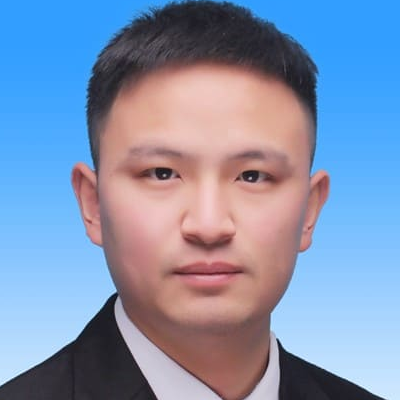Separation Methods in Mineral Industry
A special issue of Separations (ISSN 2297-8739). This special issue belongs to the section "Materials in Separation Science".
Deadline for manuscript submissions: closed (20 May 2024) | Viewed by 2221
Special Issue Editors
Interests: intelligent precise screening; dry separation; slime reduction process; comprehensive utilization of solid waste resources
Interests: clean and efficient dry separation of coal
Interests: particle fluidization separation; fine coal separation
Special Issue Information
Dear Colleagues,
As the important constituent of our national economy, mineral industry provides the practical guarantee for the production and life. As the strategic objective of our country changes, traditional separation methods in the use of the same time also face many challenges, the corresponding technology and equipment are developing in a large and automatic direction, and gradually, intelligent technology and equipment, which are well adapted to the production and environment needs in our country. With green separation as the guiding principle, this Special Issue aims to collect and propose cutting-edge mineral separation technologies for environmentally friendly and ecologically sustainable development, ultimately, in order to improve the mineral separation efficiency and the utilization of mineral resource.
Dr. Haishen Jiang
Dr. Yadong Zhang
Dr. Ligang Tang
Guest Editors
Manuscript Submission Information
Manuscripts should be submitted online at www.mdpi.com by registering and logging in to this website. Once you are registered, click here to go to the submission form. Manuscripts can be submitted until the deadline. All submissions that pass pre-check are peer-reviewed. Accepted papers will be published continuously in the journal (as soon as accepted) and will be listed together on the special issue website. Research articles, review articles as well as short communications are invited. For planned papers, a title and short abstract (about 100 words) can be sent to the Editorial Office for announcement on this website.
Submitted manuscripts should not have been published previously, nor be under consideration for publication elsewhere (except conference proceedings papers). All manuscripts are thoroughly refereed through a single-blind peer-review process. A guide for authors and other relevant information for submission of manuscripts is available on the Instructions for Authors page. Separations is an international peer-reviewed open access monthly journal published by MDPI.
Please visit the Instructions for Authors page before submitting a manuscript. The Article Processing Charge (APC) for publication in this open access journal is 2600 CHF (Swiss Francs). Submitted papers should be well formatted and use good English. Authors may use MDPI's English editing service prior to publication or during author revisions.
Keywords
- dynamic motion behavior
- viscous moist coal
- structural optimization
- viscous moist coal
- structural optimization
- numerical simulation
- elastic screening
- equal thickness screening
- particle kinematics
Benefits of Publishing in a Special Issue
- Ease of navigation: Grouping papers by topic helps scholars navigate broad scope journals more efficiently.
- Greater discoverability: Special Issues support the reach and impact of scientific research. Articles in Special Issues are more discoverable and cited more frequently.
- Expansion of research network: Special Issues facilitate connections among authors, fostering scientific collaborations.
- External promotion: Articles in Special Issues are often promoted through the journal's social media, increasing their visibility.
- e-Book format: Special Issues with more than 10 articles can be published as dedicated e-books, ensuring wide and rapid dissemination.
Further information on MDPI's Special Issue polices can be found here.







